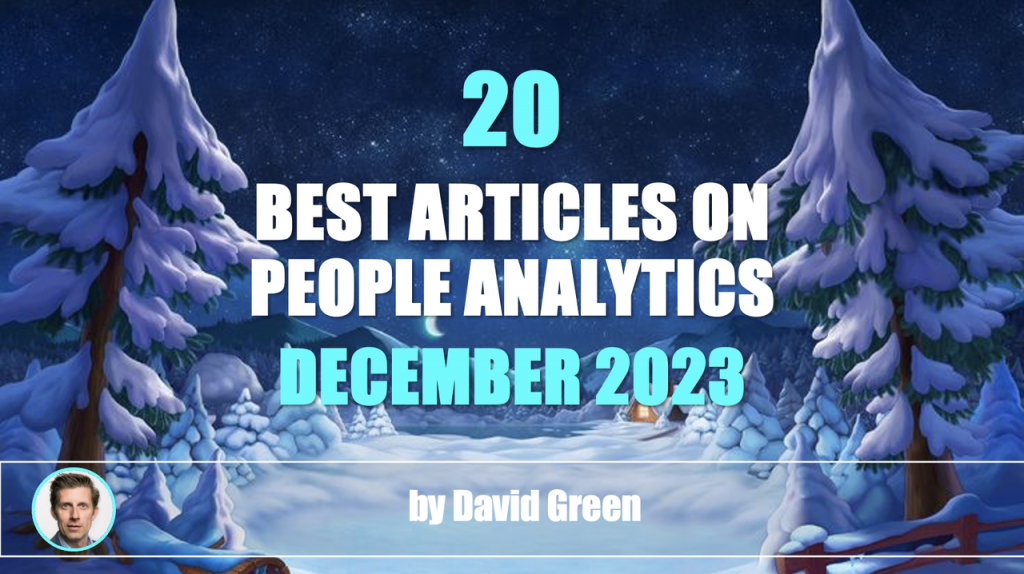
The December edition of my monthly compendium is an opportunity to reflect on the year that has nearly passed and look forward to what lies ahead. 2023 has proved to be another challenging year full of geopolitical tension, economic uncertainty, and climate inaction. For HR and people analytics professionals, it has been a year dominated by generative AI, skills, and the continuing journey of HR from support function to strategic partner.
HR’s elevation to being a strategic partner is the underlying theme of my recently published 12 Opportunities for HR in 2024 article (see FIG 1). If you’d like to contribute suggestions for opportunities 11 and 12, please click here and add your suggestion in the comments.

FIG 1: 12 Opportunities for HR in 2024 (Source: David Green)
Despite managing to catch Covid on the flight home, I thoroughly enjoyed my recent trip to India, at the end of November, where I spoke at the Indeed FutureWorks event in Bangalore. A huge thank you to Aarti Deoskar, Jessie Paul, Rittik Mondal, Rohan Sylvester, and the Indeed team for inviting me.
Looking for a new role in people analytics or HR tech?
Before we get to this month’s collection of resources, I’d like to once again highlight the wonderful resource created by Richard Rosenow and the One Model team of open roles in people analytics and HR technology, which now numbers nearly 500 roles.
Happy Holidays!
I wish all readers who are taking a break over the festive season Happy Holidays, and a prosperous and healthy 2024. Thank you to everyone who has supported Insight222, myHRfuture and the Digital HR Leaders Podcast in 2023. It’s much appreciated.
Enjoy reading the collection of resources for December and, if you do, please share some data driven HR love with your colleagues and networks. Thanks to the many of you who liked, shared and/or commented on November’s compendium (including those in the Comments below).
If you enjoy a weekly dose of curated learning (and the Digital HR Leaders podcast), the Insight222 newsletter: Digital HR Leaders newsletter is published every Tuesday – subscribe here.
DAVE ULRICH - The State of HR: Looking Back and Envisioning Forward | McKINSEY - What matters most? Eight CEO priorities for 2024 | CULTURE AMP - 7 trends that will define HR in 2024 | KEN OEHLER - RADICL People Predictions for 2024 | VISIER – The New Rules of HR: 10 Workforce Trends for 2024 | i4CP – 2024 Priorities and Predictions
Putting my own 12 Opportunities for HR in 2024 to one side, there are a plethora of other trends and predictions being published. Six resources that I recommend digging deeper into come from Dave Ulrich, McKinsey, Culture Amp, RADICL, Visier Inc. and Institute for Corporate Productivity (i4cp). (1) Dave Ulrich looks back on the main themes in HR in 2023, declares “Now is the time for HR,” and outlines four areas where his firm, The RBL Group, will be conducting think tanks in 2024. (2) Homayoun Hatami and Liz Hilton Segel of McKinsey present eight CEO priorities for 2024 including Learn to love your middle managers. (3) Didier Elzinga and Damon Klotz co-opt contributions from Stacia Sherman Garr, Justin Angsuwat, Dr Kirstin Ferguson AM, and Hung Lee for their thoughtful seven trends that will define HR in 2024 including greater pay transparency, staying human as intelligent tech evolves, and regaining trust. (4) RADICL’s Ken Oehler presents five people predictions for 2024, with my favourite being #4 Attention Shifts to Solving Distributed Team Effectiveness (see FIG 2 for RADICL’s model of distributed team effectiveness: Coordination, Connection and Competence). (5) Visier collect trends from a number of industry luminaries and practitioners including Wendy Evesque, Michael Salva, Melissa Arronte, and Eric Bokelberg, with the lead trend being: The CHRO Leads From the Outside-In. (6) Last but not least, in his Foreword to i4CP’s annual look at priorities and predictions, Kevin Oakes highlights the dominance of AI and provides an illuminating insight on the direct correlation between the adoption of AI and business performance: “AI Innovators are more likely to have higher market performance, increased levels of innovation and productivity, and healthier cultures than those that have been slower to adopt AI.”
Now is the time for HR

FIG 2: The Collaboration Opportunity for distributed team effectiveness (Source: RADICL)
ROB BRINER - Evidence-based HR and people analytics are the same, right? Afraid not
Rob Briner examines the relationship between people analytics and evidence-based HR, explaining each of them, outlining the differences (see FIG 3) and concluding that: “While people analytics is a welcome and necessary development within the HR profession and certainly goes some way to helping HR become more effective, it is not, on its own, enough.” Rob also highlights the three key principles of evidence-based HR: (1) Incorporate multiple sources and types of evidence and information. (2) Adopt a structured and explicit process of gathering and using evidence. (3) Focus on the most trustworthy and relevant evidence.

FIG 3: Differences between people analytics and evidence-based HR (Source: Rob Briner)
PATRICK COOLEN - Establishing people analytics as a common practice (part II)
This article by Patrick Coolen, which follows up Part 1 where he presented his People Analytics FIT model, dovetails nicely with Rob Briner’s article as it focuses on the evidence-based HR services provided by people analytics functions. In the article, Patrick recommends that to establish people analytics as a common practice companies should not only focus on becoming more mature in the evidence-based HR services but in integrating these services too. Patrick provides a roadmap to achieving this (see FIG 4) as well as outlining three reasons for integration: (1) Integration leads to faster and higher-quality delivery. (2) Integration attracts experienced people analytics leaders. (3) Integration supports being a strategic advisor.
High impact people analytics practices integrate various evidence-based HR services

FIG 4: Road map strategies for people analytics practices (Source: Patrick Coolen)
JAAP VELDKAMP AND HELEEN GOET - How to determine your success KPIs in HR
This is a great article by Patrick Coolen’s erstwhile colleague and successor as Head of People Analytics at ABN Amro, Jaap Veldkamp. In the article, Jaap – together with Heleen Goet – outline the process followed at ABN Amro for establishing a clear link between each HR service and its impact on business outcomes. It outlines a ‘define your success’ workshop conducted between the people analytics team and HR at the bank to link each service to output and outcomes (see example in FIG 5). The article also outlines two benefits of this approach: (1) It leads to better collaboration between various teams in HR. (2) It magnifies the broader advisory role of people analytics.

FIG 5: Source: Jaap Veldkamp and Heleen Goet
NAOMI VERGHESE AND DAVID GREEN - The Importance of Ethics in People Analytics for Leading Companies
Naomi Verghese and I explore the critical topic of ethics, which is one of the eight characteristics of Leading Companies in People Analytics identified in the recently published Insight222 People Analytics Trends study. In the article, Naomi and I outline three key practices on ethics adopted by Leading Companies in their people analytics work. (1) Strong Ethical Principles - including the development of an Ethics Charter, with an example from Jaap Veldkamp of ABN AMRO. (2) Open Communication – including the ‘Fair Exchange of Value’, with a contribution from Dawn Klinghoffer on the importance of communicating value to employees. (3) Ethics Oversight – including the institution of an ethics and privacy council (see FIG 6).
The “Fair Exchange of Value” is a key mantra for people analytics teams. If employees understand how their data will be used and see the benefit, it is far more likely that they will contribute data.

FIG 6: Ethics and Privacy council for people analytics (Source: Excellence in People Analytics by Jonathan Ferrar and David Green)
TOM REDMAN AND TOM DAVENPORT - The Rise of Connector Roles in Data Science
In our research at Insight222, one of the characteristics of Leading Companies is that they invest in three key skills in their people analytics team: consultants, data scientists and behavioural scientists. In their article, Tom Redman and Tom Davenport outline the role of connectors, who bridge the organisational gaps that often thwart success with data science projects, and whose key responsibilities mirror many of those attributed to the people analytics consultant in the Insight222 Operating Model. These include: (1) Framing the problem to be solved. (2) Translating between business and technical people. (3) Communicating requirements, progress, and issues within the team. (4) Keeping track of progress toward the overall goal of deployment and organisational change when nobody else sees the big picture. The article outlines how connectors close the gap, provides guidance on how to manage connectors, and provides examples of what companies are trying in this area.
Connectors help senior business leaders understand both the potential and challenges of data science, help data science leaders understand the top problems facing the business, and establish a portfolio of data science projects that aligns with business needs.

BEN TEUSCH - An incomplete starter's guide to attrition metrics | SARA TIEW - Thriving Together: A Year on UOB's Culture Transformation Journey | JACKSON ROATCH – Lessons from Sports Analytics | LYDIA WU - HR in 2024: A Practitioner’s View | MATTHEW HAMILTON - How data quality is like a DIY haircut
November has seen a number of articles written by current and recent people analytics leaders, which typically act as a spur and inspiration for the field. Five are highlighted here: (1) Ben Teusch, part of Meta’s people analytics team, provides a helpful to attrition metrics (see FIG 7). (2) Sara Tiew provides insights from UOB’s culture transformation journey over the last 12 months. (3) Jackson Roatch draws four lessons from sports analytics that we could look to apply in the “less perfect world” of people analytics. (4) Lydia Wu continues her prolific ‘Oops, did I think that out loud’ series by looking into her crystal ball to see what is in store for HR and people analytics in 2024. (5) The nearly as prolific Matthew Hamilton explains why the maxim of people assuming that the better the data quality, the better the analysis is often not correct.

FIG 7: Source: Ben Teusch
PLACID JOVER - The Future of Work is Flexible
In this article, Placid Jover, Chief Talent and Reward Officer, presents three innovations Unilever is making to embrace a move from owning to accessing talent. (1) The Skills Passport (“As companies jostle to build a complete picture of what they need and how to get there, we’re fast learning that the real currency is skills”). (2) The Internal Talent Marketplace (“We have already seen a 40% increase in productivity and a significant reduction in attrition directly linked to Flex Experiences”). (3) The Pixelated Workforce (“Breaking down work into its core elements or “pixels”, then dividing those up between permanent staff and contractors, with the AI recommending teams or individuals for missions based on how they work with others as well as how they perform”). For more from Placid, I recommend listening to this episode of the Digital HR Leaders podcast: How Unilever is Creating New Ways of Working for Its Employees.
As companies jostle to build a complete picture of what they need and how to get there, we’re fast learning that the real currency is skills
RICHARD FLORIDA, VLADISLAV BOUTENKO, ANTOINE VERTRANO, AND SARA SALOO – Rethinking Corporate Location Strategy: The Rise of the Meta City
In their Harvard Business Review article, Richard Florida, Vladislav Boutenko, Antoine Vetrano, and Sara Nasir Saloo outline the structure and logic in where and how businesses locate their offices and compete for talent. Their research identifies the rise of a new type of city, the ‘Meta City,’ which combines elements of physical clustering with digital connectivity (see FIG 8). They argue that this makes location strategy even more important including corporate headquarters, innovation centres, and satellite offices — and more significantly, talent attraction and retention. A must-read for those involved in talent intelligence, hybrid work strategy and strategic workforce planning.

FIG 8: Ranking the world’s Meta Cities (Source: Florida et al)
PETER JOHN LAMBERT, NICHOLAS BLOOM, STEVEN DAVIS, STEPHEN HANSEN, YABRA MUVDI, RAFFAELLA SADUN, AND BLEDI TASKA - Research: The Growing Inequality of Who Gets to Work from Home
Data is increasingly showing that there is a large and growing divide in terms of who gets to work from home. In their Harvard Business Review article, Peter John Lambert, Nick Bloom, Steven J. Davis, Stephen Hansen, Yabra Muvdi, Raffaella Sadun, and Bledi Taska, Ph.D. present research on job postings, which finds that remote work is far more common for higher paid roles, for roles that require more experience, for full-time work, and for roles that require more education. Managers should be aware of this divide, as it has the potential to create toxic dynamics within teams and to sap morale. For more from Nick Bloom, tune in to his conversation with me on the Digital HR Leaders podcast: Unmasking Common Myths Around Remote Work.

FIG 9: Work-from-home opportunities are more common for highly-paid jobs (Source: Lambert, Bloom et al)
RYAN ROSLANSKY - Talent Management in the Age of AI | GIANNI GIACOMELLI - Learning and Talent Management in the Age of AI | TOMAS CHAMORRO-PREMUZIC - 4 science-backed reasons AI is better at predicting your potential in a job | DAVID L. SHRIER, JULIAN EMANUEL, AND, MARC HARRIS – Is Your Job AI Resilient? | NADA R. SANDERS AND JOHN D. WOOD - The Skills Your Employees Need to Work Effectively with AI
A key opportunity for HR in 2024 will be to prepare the organisation and HR for the age of AI. Here are five articles that support this imperative. (1) LinkedIn CEO Ryan Roslansky highlights three big shifts to support success a) redefine jobs as a collection of a skills and tasks, not titles, b) bring skills and workforce learning to the centre of talent management, and c) embrace AI to focus teams on human-to-human collaboration, and shares examples from IBM, Genpact, Unilever as well as LinkedIn. (2) Gianni Giacomelli provides more detail on the Genpact example cited by Ryan in his article explaining how they have connected internal mobility, learning, engagement and collaboration (see FIG 10). (3) The brilliant Dr Tomas Chamorro-Premuzic digs into the science to present four ways that AI is better at predicting potential including how AI can increase fairness and diversity. (4) David Shrier, Julian Emanuel, and Marc Harris outline their research on which jobs will be most affected by AI, including which stand to benefit the most from augmentation by AI (see FIG 11). (5) Nada Sanders and John Wood present findings from their research, which highlights two key areas of investment in skills related to AI: a) effective interpersonal skills, and 2) domain knowledge that can help workers get the most — and make the best decisions — when working with AI tools.

FIG 10: Source – Gianni Giacomelli, Genpact

FIG 11: AI Proficiency relative to human by cognitive task (Source: Shrier et al)
MARIE NEICU, JOAN BEETS, FRANK VAN DEN BRINK, BEAU HOES, AND EDIS PAJIC – Humanized Growth and Multistakeholder Value Creation: Perspectives from Chief Human Resources Officers| McKINSEY - How is the CHRO role changing?
Two resources exploring perspectives from chief human resource officers and how the role is changing. Firstly, the KennedyFitch team of Maria Neicu, Joan Beets, Frank van den Brink, Beau Hoes, and Edis Pajic share the findings from structured interviews with 30 CHROs including Janine Vos, Katarina Berg, Paulo Pisano (also see episode of the Digital HR Leaders podcast with Paulo below), Mala S., and Loren I. Shuster. The report is framed around the concept of humanised growth, which is defined as: “Humanized Growth addresses the needs of all shareholders, consumers, colleagues, community and the capital Markets.” It explores the role of the people function as a strategic partner, how to harness technology for impact, how to advance diversity, equity and inclusion, and why humanised growth starts with the employee experience. The second article from McKinsey examines the evolution of the HR operating model, how CHROs are putting the ‘human’ back into human resources, how GenAI will affect the HR function, and how CHROs can build the leadership capabilities required for an agile transformation.
RICHARD ROSENOW - The SOAPI Framework - A New Lens for Modern Workforce Planning
Richard Rosenow is one of the best thinkers in our field and demonstrates it with his paper for One Model introducing his SOAPI framework for workforce planning. As he explains, it is a methodology that offers a structured method to break workforce planning into component parts. Each component represents a pillar, collectively forming the discipline of workforce planning. These are: (1) Strategy, (2) Operations (3) Analytics, (4) Planning, and (5) Intelligence. The paper breaks each of these down, and details what happens if one of these pillars is missing (see FIG 12).

FIG 12: Source: Richard Rosenow, One Model
SCOTT REIDA - Zero-based workforce planning with ChatGPT in Tableau
A brilliant, practical, and open-source guide on zero-based workforce planning with inputs from ChatGPT and outputs in Tableau, which has been created by Scott Reida, a workforce strategist at AWS. Scott defines zero-based workforce planning as “A methodology that can shape how businesses align their human capital with organizational goals and enable a more cost-effective solution that gets closer to having the right people at the right time.” His article provides a step by step guide to creating a dashboard (available here) that utilises outputs from ChatGPT for demand and aligns them with the supply of FTEs, facilitating the understanding of capability gaps.

FIG 13: Source: Scott Reida
JEFF WILLIAMSON AND DONNCHA CARROLL - How to Start Smart With a Talent Marketplace
Despite some of the hype, launching an internal talent marketplace can be a significant challenge for organisations. In this article, Jeffrey Williamson and Donncha Carroll share the journey to implementing a talent marketplace at Booz Allen and the key lessons learned with regards to user adoption and change management. The article outlines four lessons: (1) Bring on the gamification (gamifying learning and offering recognition and rewards to employees who invested in their own development). (2) Data goals must be relevant to individual career goals. (3) Even change management needs to change (see FIG 14). (4) Momentum, motivation, and measurement matter a great deal.

FIG 14: Four Culture Challenges to Conquer with a Talent Marketplace (Source: Jeff Williamson and Donncha Carroll)
BRIAN FISHER, MELBA GANT, VASILIS HATZOPOULOS, KATIE JENKINS, HEATHER RYAN, AND PETER STEVENSON - 2023/2024 skills snapshot survey report: Skills-powered practices, future pay and effectiveness
Mercer’s fourth annual Skills Snapshot Survey has a wealth of insights and guidance that highlight the progress many companies are making to embrace platforms and data to action skills-based strategies. In the paper, the authors (Brian Fisher, Melba Gant, Vasilis Hatzopoulos, Katie Jenkins, ?Heather Ryan , and Peter Stevenson) outline the benefits of skills-based practices (see FIG 15), how to build a skills foundation, how to determine the frequency of skill assessment, how to tackle skills-based rewards programs, and provide five steps to building a skills-based talent strategy: (1) Build the business case. (2) Align the key performance indicators. (3) Design with the end in mind. (4) Prioritise change management. (5) Drive and sustain. Also features contributions from Amy Baxendale and Anshul Sheopuri.

FIG 15: The benefits of skills-based practices (Source: Mercer)
NICK LYNN - Can you have high employee engagement and high turnover?
Nick Lynn reveals that nearly 20% of companies have both high employee engagement and high turnover; and then provides a wealth of guidance on what you can do about it if that’s the case for your company. He breaks down employee engagement and although it can be related to retention, why it is different. Nick shares insightful research from the CIPD on the and WTW on the drivers of employee engagement and experience, with the latter providing analysis and guidance on the links between engagement, performance, and retention. The article highlights WTW research by angela paul and Stephen Young, where they segmented 350 companies according to both the level of employee engagement and the level of retention, comparing each to their respective industry average (see FIG 16), and how companies in the top right quadrant (‘Value Drive’) also have a performance advantage, delivering the best profits and growth (also see FIG 16). Finally, Nick outlines a three-step approach for companies in the Value Risk category: Understand — Prioritise — Spark Change. I also recommend subscribing to Nick’s equally insightful EX Leadership Newsletter.

FIG 16: Source – WTW
INDRANEEL BANERJEE, AVINASH CHANDRA DAS, JATIN PANT, AND SHIKHA SHARMA - Employee experience still matters: Talent retention at GCCs
While focused on ways to improve employee retention at Global Capability Centres, the five actions to improve employee experience outlined by Indraneel 'Indy' Banerjee, Avinash Chandra Das, Jatin Pant, and Shikha Sharma in their article for McKinsey could be implemented in other business areas. The five actions are (1) Use personas and journeys to customise EX. (2) Reimagine the role of manager to emphasise coaching and mentorship (see FIG 17). (3) Find new ways to embed culture and values for a hybrid work environment. (4) Redesign the office for collaboration and connection. (5) Rethink the traditional workday.
Executives should treat EX as seriously as CX by being more scientific and more tailored in their approach.

FIG 17: The roles of manager need to be redesigned to focus more on coaching and mentoring (Source: McKinsey)
RAINER STRACK, SUSANNE DYRCHS, AND ALLISON BAILEY - Use Strategic Thinking to Create the Life You Want
How can we apply the learnings from corporate strategy projects to our own lives? That’s the unlikely – but ultimately captivating – exam question tackled by BCG’s Rainer Strack, Dr. Susanne Dyrchs, and Allison Bailey in their absorbing Harvard Business Review article. The authors present the seven steps they typically use to conduct a corporate strategy project and show how these can be adapted to an individual (see FIG 18). They then describe each of the seven steps with insights and powerful visualisations, as well as demonstrating how to develop a personal life strategy and summarise it on a single page. File under must-read.

FIG 18: From corporate strategy to life strategy (Source: Strack et al)
MCKINSEY HEALTH INSTITUTE - Reframing employee health: Moving beyond burnout to holistic health
Jacqui Brassey, PhD, MA, MAfN (née Schouten), Brad Herbig, Barbara Jeffery, and Drew Ungerman present the key findings from a recent McKinsey Health Institute study that offers insights into how leaders can help create a workplace that prioritises physical, mental, social, and spiritual health. Three standout findings are (1) Employees who had positive work experiences reported better holistic health, are more innovative at work, and have improved job performance. (2) For employees, good holistic health is most strongly predicted by workplace enablers, while burnout is strongly predicted by workplace demands (see FIG 19). (3) Organisational, team, job, and individual interventions that address demands and enablers can boost employee holistic health.

FIG 19: Source: McKinsey Health Institute
McKINSEY - Diversity matters even more: The case for holistic impact
The fourth report in a McKinsey series stretching back to 2015, investigating the business case for diversity. The main takeaway is that the 2023 study finds that the business case is the strongest it has been yet with leadership diversity being convincingly associated with business performance, societal impact and employee experience (see FIG 20). The full 52 page report details case studies from the likes of IHG Hotels & Resorts, DHL Group, and Air New Zealand, as well as presenting five levers for change for moving from commitment to action. Kudos to the authors: Dame Vivian Hunt, Sundiatu Dixon-Fyle, Celia Huber, Maria del Mar Martinez, Sara Prince, and Ashley Thomas.

FIG 20: The business case for diversity on executive teams and financial outperformance (Source: McKinsey)
Much of the innovation in the field continues to be driven by the vendor community, and I’ve picked out a few resources from December that I recommend readers delve into:

FIG 21: Source – Steve Hunt

FIG 22: Source – Phil Arkcoll, Worklytics
In another month of high-quality podcasts, I’ve selected four gems for your aural pleasure: (you can also check out the latest episodes of the Digital HR Leaders Podcast – see ‘From My Desk’ below):
AMY EDMONDSON, ADAM GRANT, AND DES DEARLOVE - Decoding failure, debunking feedback, & harnessing learning for success
A fascinating conversation with Amy Edmondson and Adam Grant, who have just been recognised as #1 and #2 respectively on the prestigious Thinkers50 list of management thinkers. In the discussion with Des Dearlove, Amy and Adam discuss how to manage (and maximise learning from) failure and how to unlock hidden potential (it’s not about where you start; it's how far you can go).
KATE BRAVERY, ILYA BONIC, AND KAI ANDERSON - Work Different: 10 Truths for Winning in the People Age
I'm currently reading the recently published book by Kate Bravery, Ilya Bonic, and Kai Anderson, which is based around 10 'truths' that are shaping the world of work. Three of the truths are: (1) Purpose rules and empathy wins. (2) Intelligence is getting amplified. (3) Skills are the real currency of work. Packed with insights, guidance, and examples, the book should be an indispensable resource for executives, managers, board members, human resources professionals, and other business leaders.
December saw the final four episodes of Series 35 of the Digital HR Leaders podcast, sponsored by our friends at HiBob . Thank you to Louis Gordon .
Finally, this month I’d like to thank:
___________________________________________________________________
David Green ?? is a globally respected author, speaker, conference chair, and executive consultant on people analytics, data-driven HR and the future of work. As Managing Partner and Executive Director at Insight222, he has overall responsibility for the delivery of the Insight222 People Analytics Program, which supports the advancement of people analytics in over 90 global organisations. Prior to co-founding Insight222, David accumulated over 20 years experience in the human resources and people analytics fields, including as Global Director of People Analytics Solutions at IBM. As such, David has extensive experience in helping organisations increase value, impact and focus from the wise and ethical use of people analytics. David also hosts the Digital HR Leaders Podcast and is an instructor for Insight222's myHRfuture Academy. His book, co-authored with Jonathan Ferrar, Excellence in People Analytics: How to use Workforce Data to Create Business Value was published in the summer of 2021.
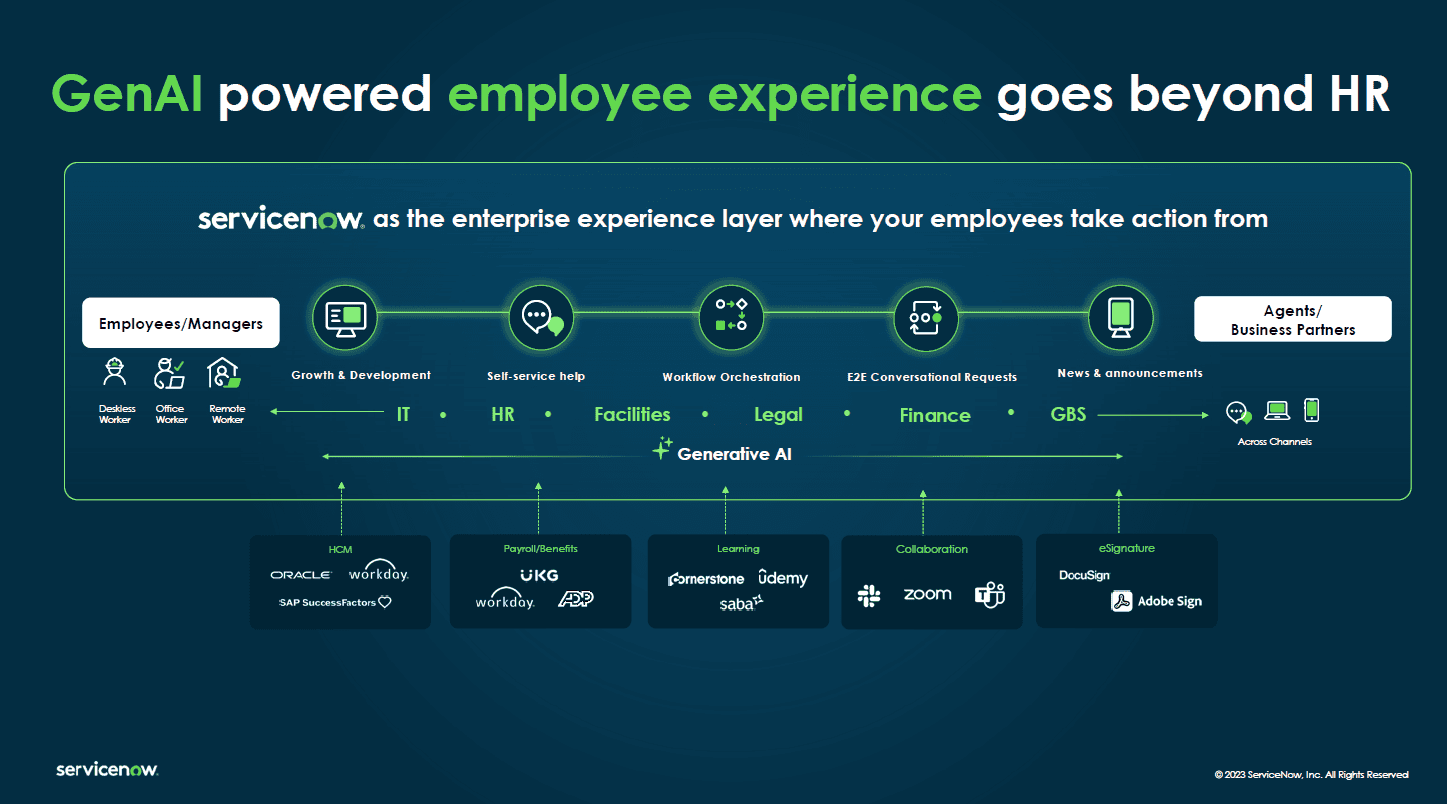

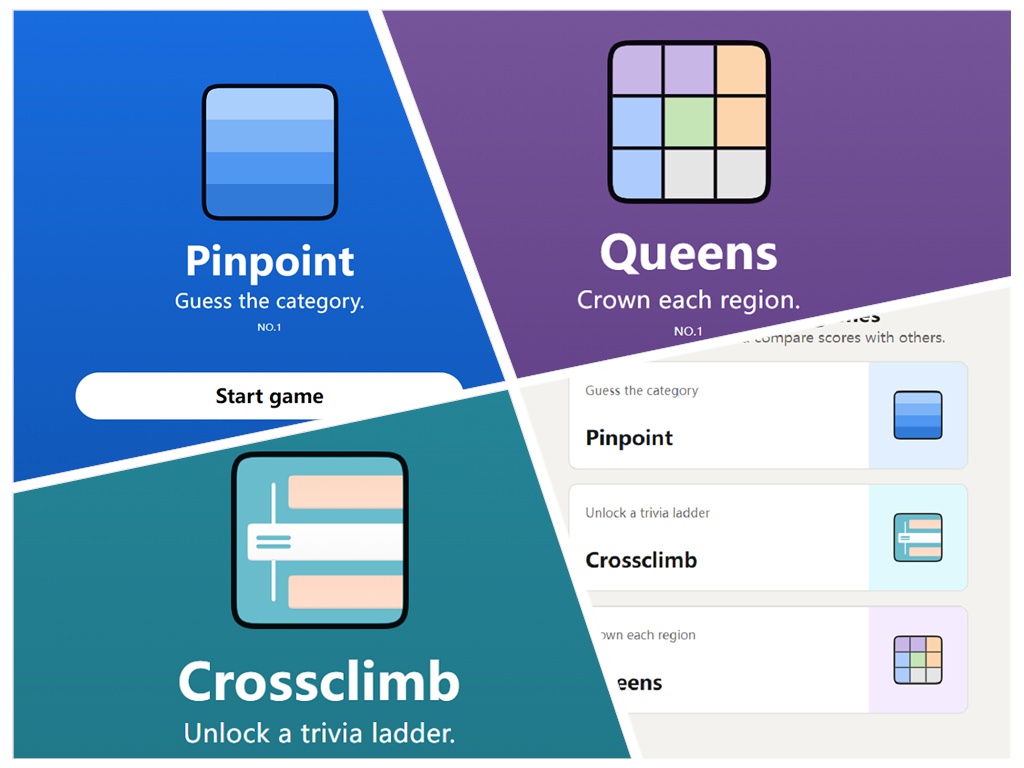
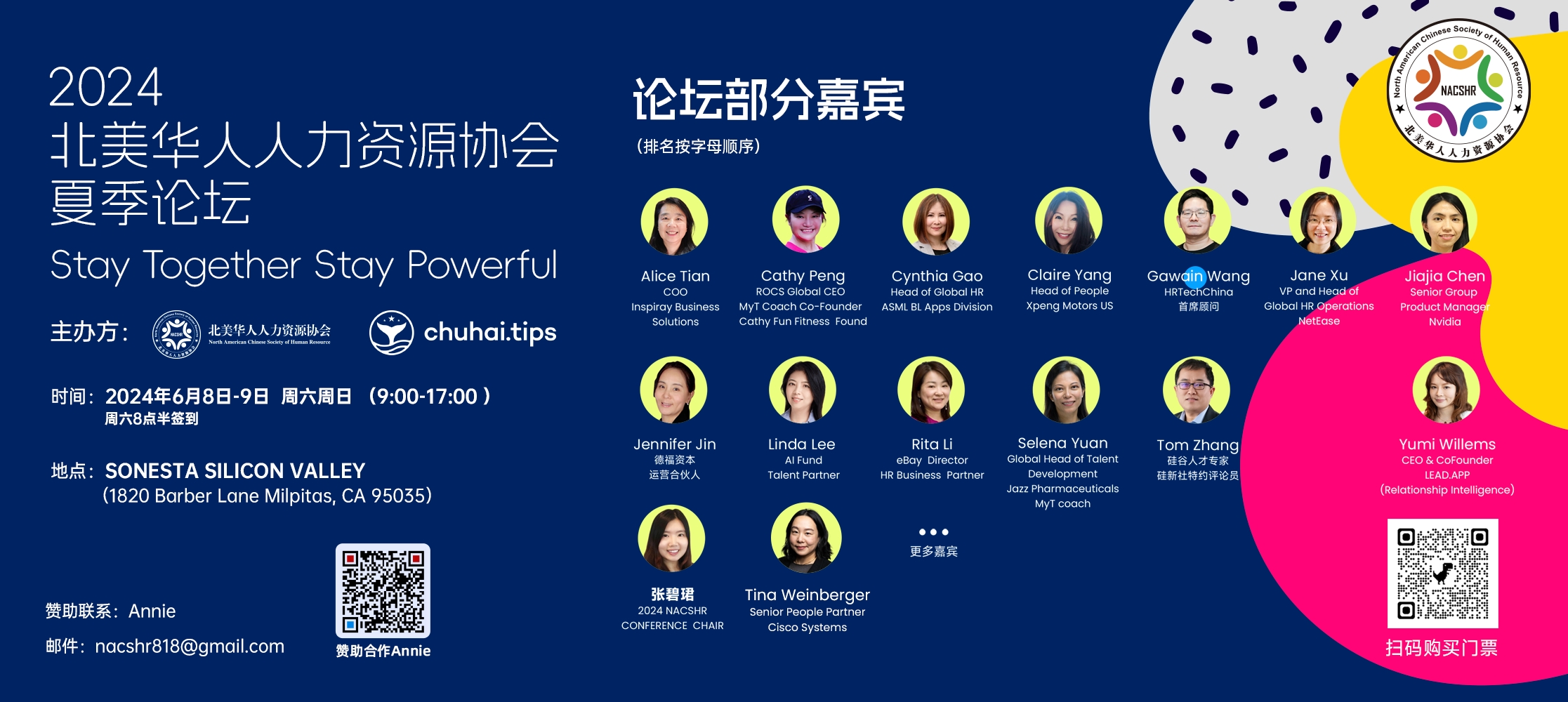
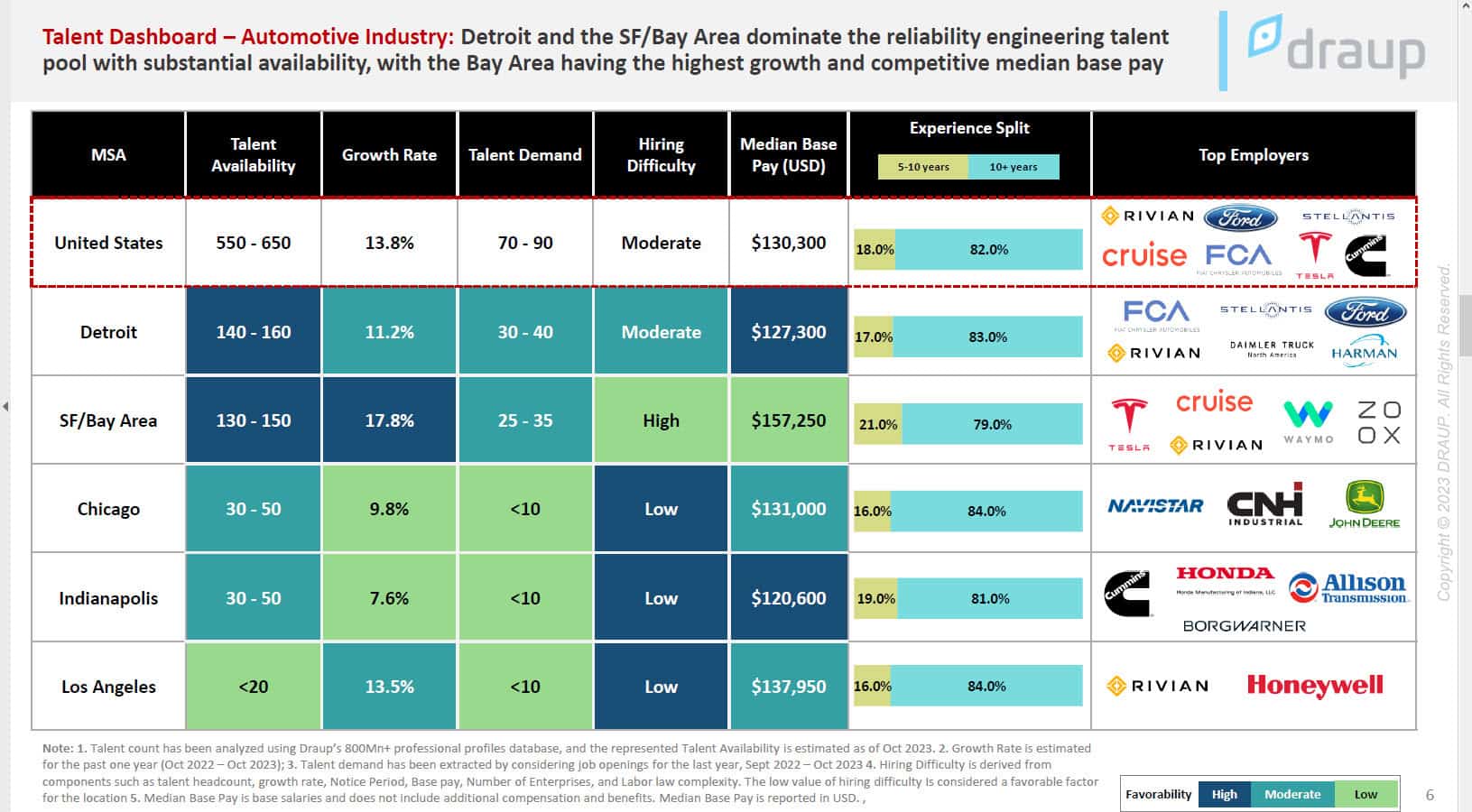
 扫一扫
添加客服
扫一扫
添加客服




